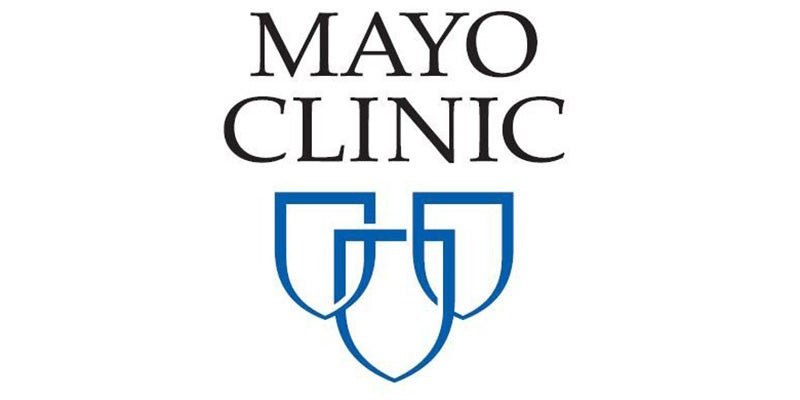In rural Minn., hospitals balk at tight networks
Published 9:58 am Monday, February 6, 2017
By Christopher Snowbeck
Minneapolis Star Tribune
Rural hospitals are crying foul over health insurance rules that could steer local patients away from their medical centers and toward doctors and hospitals in faraway communities.
The concerns are directed at Blue Cross and Blue Shield of Minnesota in the state’s individual health insurance market, where people in HMOs are pushed to get care from a subset of providers.
As a result, some patients must pay much higher costs for “out-of-network” care from hometown doctors and hospitals, or drive dozens of miles for care from “in-network” providers.
“The loss of those patients to us — it reduces our community’s ability to maintain local health care,” Richard Ash, chief executive of United Hospital District in Blue Earth, told a legislative hearing in January. “Once you lose a hospital, you just don’t get it back.”
Blue Cross officials acknowledge the situation is not ideal, but they argue the problem is not with the insurer’s networks, which were approved by regulators and work well for many. Instead, they point to a lack of competitive options because of problems in an individual health insurance market that’s been shaken by the federal Affordable Care Act (ACA).
“What we would like to do is offer a portfolio of networks or product offerings that allow people choice … but that type of model really does require a stable environment,” said Eric Hoag, the insurer’s vice president for provider relations.
The problems are confined to the state’s individual health insurance market, where about 250,000 state residents purchased coverage last year, and doesn’t carry over to the much larger markets for employer coverage and government programs. The individual market, which serves many who are self-employed, is undergoing fundamental change with the federal health law.
The ACA doesn’t require insurers to compete in the individual market, so many health plans faced with mounting financial losses have either dropped out or pulled back their offerings.
The losses stem from several factors, insurers say, including premiums that were initially set too low, a lack of young and healthy subscribers and the failure of the federal government to deliver on funds that were meant to help stabilize premiums.
In Minnesota, the lack of competition has been most notable in 62 counties across western and southern Minnesota where only Blue Cross and Minnetonka-based Medica opted to sell coverage this year. Regulators let Medica cap its 2017 enrollment for financial reasons, so shoppers since mid-November have been limited to Blue Cross — at least until last week.
On Tuesday, state officials announced that Medica was back on the market with a health plan that provides in-network access to many of the hospitals and doctors excluded by Blue Cross.
Medica’s return should help, hospitals say, but the insurer’s slots could fill up before the enrollment period ends. Plus, not all consumers know they can make a change, said Ash, the hospital executive in Blue Earth.
Many patients at small rural hospitals have public health insurance that doesn’t pay hospitals as much as private carriers, Ash told lawmakers. So, the medical centers are “financially dependent on preserving some of our private-pay insurance patients,” he said.
‘It borders on unsafe’
It’s not clear exactly how many people in the individual market are affected by the network issue, but some are breaking longtime relationships with their physicians, said Stacey Lee, the chief executive at Johnson Memorial Health Services, which operates the hospital and clinic in Dawson, a city of about 1,500 people in western Minnesota.
Insurers can’t impose higher costs on patients who get emergency care that’s out-of-network, so there shouldn’t be an issue with emergency rooms. But when patients use a nearby ER, those doctors won’t have easy access to information about regular care at the faraway, in-network clinics, said Dr. Dan Florey, a family practice physician in the southwestern town of Tyler.
He added that successful treatment for patients with ongoing health problems can be put in jeopardy when patients switch providers to stay in-network.
“I think it borders on unsafe,” Florey said. “I’m not sure it makes sense from the cost perspective, either.”
In nearby Marshall, Minnesota, Mary Maertens, the chief executive of the Avera network hospital in town, said: “Some of these folks have, we think, up to $20,000 in out-of-pocket [costs] if they go out-of-network. That’s huge.”
Last month, hospitals voiced concerns in a health committee of the state House, including LifeCare Medical Center in Roseau. Individual market patients in Roseau County with Blue Cross HMO coverage will find they must travel as far as 88 miles one-way for in-network primary care, said Keith Okeson, the hospital’s chief executive, in a letter to the committee.
“People aren’t going to take days off to go get their blood pressure checked … to go in for that annual exam,” said Sue Grafstrom, the hospital’s development coordinator.
Grafstrom told legislators she didn’t want to single out Blue Cross, since other insurers aren’t even offering coverage in the area.
State law requires that health plans give patients access to primary care providers within a distance of either 30 miles or 30 minutes, and 60 miles or 60 minutes for specialists. In counties where the standards can’t be met, regulators can grant waivers.




